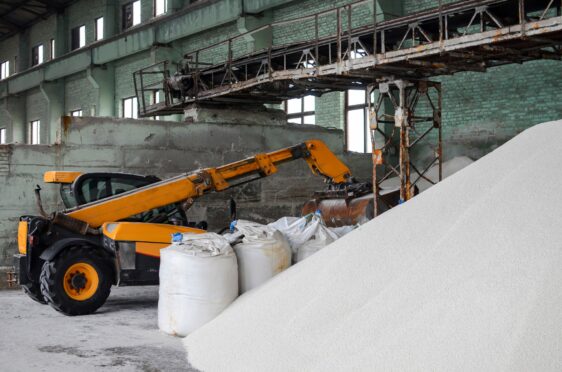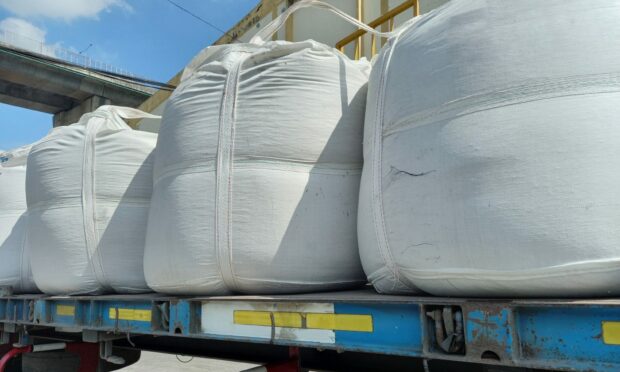The lack of transparency in the fertiliser market means farmers are losing confidence to purchase inputs, according to the farmers’ union south of the border.
Speaking at the Cereals event in Cambridgeshire, the NFU’s deputy president, Tom Bradshaw, urged the government and industry to build more transparency into the market as part of a joined-up approach to make the nation’s food security more resilient.
According to AHDB, fertiliser prices have increased by 180% year-on-year. In April 2021, the price was £281/tonne while this April the price was £785/tonne.
Mr Bradshaw said growers’ lack of confidence could have a serious impact on the 2023 growing season. He called on suppliers to publish fertiliser prices immediately to help farm businesses plan for next year’s crop.

The union is also asking government and industry to come forward with a range of options that would enable the currently closed CF Fertiliser plant in the UK to reopen and start producing fertiliser while gas prices appear to be at a seasonal low.
He said: “Over the past year, the fertiliser market has entered into a new era.
“Costs and supply face unprecedented risks and we need a visible, transparent market to allow producers, distributors and farmers alike to manage these threats in a commercially viable way.
Geopolitical
“Nitrogen fertiliser supplies are reeling from geopolitical events that have upended the energy markets it is reliant on.
“As a result, there is likely going to be a lack of availability next year and we are urging suppliers to proactively come forward and publish fertiliser prices to give farm businesses maximum time to plan in 2023.
“It is a real possibility that nitrogen fertiliser is the limiting factor globally over the next 18 months, which, alongside the crisis in Ukraine, will restrict global crop production and deepen the humanitarian disaster.”
Meanwhile, scientists have called for action to be taken to tackle poor management of phosphorus, which, they say, is worsening food and water security. The finite nutrient is extracted from phosphate rock and is an essential element in fertilisers to grow food and increase crop yields to feed the growing population.
A new scientific report shows poor management of phosphorus is leading to food shortages, while overuse of the nutrient pumps millions of tonnes of phosphorus into lakes and rivers each year, having a devastating impact on biodiversity in freshwater eco-systems.
Dr Will Brownlie, a University of Edinburgh freshwater scientist who co-ordinated the Our Phosphorus Future report, said recycling the nutrient to reuse it in fertilisers is one of the essential solutions to solving the crisis.
Goal
The report calls for a 50:50:50 goal – a 50% reduction in global phosphorus pollution and a 50% increase in the recycling of phosphorus lost in waste by 2050.
Dr Brownlie said: “If we do this, we will return 8.5 million tonnes of phosphorus to our farms. This could support a food system that could provide enough food for four times our population.
“We would save the global farming community $20 billion in annual fertiliser costs they would have been paying, but if we stop them, it would cost $300bn to fix.”

